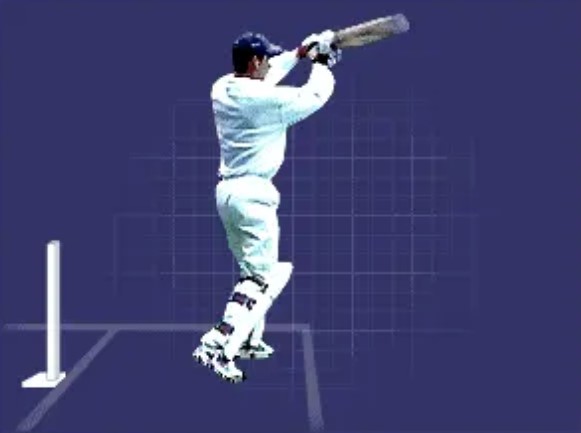Mastering the Hook Shot in Cricket: Imagine you’re batting well with confidence and taking on bowlers and hitting them all around the park. Your cover drive and straight drives are on point, your footwork and shots are going well, but the bowling side now decides upon a new strategy to trouble you. The pacers start unleashing their bouncer barrages, targeting your body line and trying to give you a taste of that sweet chin music.
Mastering the Hook Shot in Cricket
But how to counter it and come out on top, and start dominating once again? The hook shot is the answer you should be seeking. It is an aggressive stroke that can either see the ball soar over square or just fly up in the air through a top edge and end up in the hands of the fielder.
What is the hook shot?
The hook shot in cricket is a cross batted shot played against a short pitched delivery at the chest or head level, which is bowled fast, is rising up and towards the your body or leg stump. If the right batting technique is followed to play the stroke, you can get a boundary easily, while if there’s anything wrong that you do, the bowlers will be successful in picking up your wicket. If you mistime it, there’s even a chance that you might get hit in the helmet. So, as a precaution, wear a strong and comfortable helmet that protects you from any kind of cricket injuries. The stroke requires you to have quick reflexive footwork, good hand eye coordination and the strength to power hit the ball out of the park. Sachin Tendulkar, Ricky Ponting and Rohit Shama are some of the best players to play this stroke.

How to play the hook cricket shot?
A good batsman can always judge what kind of a delivery the bowler is going to bowl just by looking at the field placement. This is what MS Dhoni was so good at. So, check if there are more fielder in the deep on the leg side, specifically at the deep square leg, deep midwicket and deep fine leg, then the bowler is definitely going to go short.
The Right Batting Stance:

Once you’ve identified the field placement, set yourself up for the short delivery. An open batting stance will be a preferred choice, or a trigger movement that opens up your body to hit the ball to the leg side.
Initial Footwork and Backlift:

Be ready to demonstrate quick batting footwork by transferring your weight onto the backfoot. Have a normal backlift, but ready to swing the cricket bat from downwards to the upwards to hit the ball up in the air. Your downswing should be quick and strong.
Keep your eyes on the Ball:

As with any good shot in cricket, picking the right shot depends on attentively observing the leather ball as it is bowled. As you prepare yourself for the shot, keep your head high and steady while attempting to balance equally on your front and rear feet.
Transfer of weight and footwork:

Your weight should be shifted to your back foot as the ball approaches. To prepare yourself just as the ball reaches you, your shoulders, feet, and body should travel shift backwards towards the stumps to give you some extra time to play the stroke.
You should be standing a little bit deeper into the crease as the weight is transferred back. The front foot should then open slightly towards the leg side in order to guide the ball in that direction.
The batswing:

Bring the arms towards the ball as it gets closer once the body is in position and ready for the hook shot. Because a hook shot makes advantage of the ball’s existing momentum, a large backswing is typically not necessary. Therefore, when playing the hook, a more controlled arm motion is more efficient and less dangerous.
Rotate your wrists slowly to open the bat’s face and hit it over the leg side fielders.
What’s the Difference Between a Hook Shot and a Pull Shot?
Pull shot:
A pull shot is played to a lower, waist-height delivery. You swing the bat in a motion to pull the ball away from your body and towards the leg side.
Hook shot:
A hook shot is played against a delivery that ends higher, near the chest or the head. You need to swing your bat upward, hooking the ball over your shoulder and towards the led side.
Hook and pull shots are played similarly; the only difference is that a batsman uses the ball’s pace when pulling, whereas a batsman smashes the ball forcefully when hooking.













